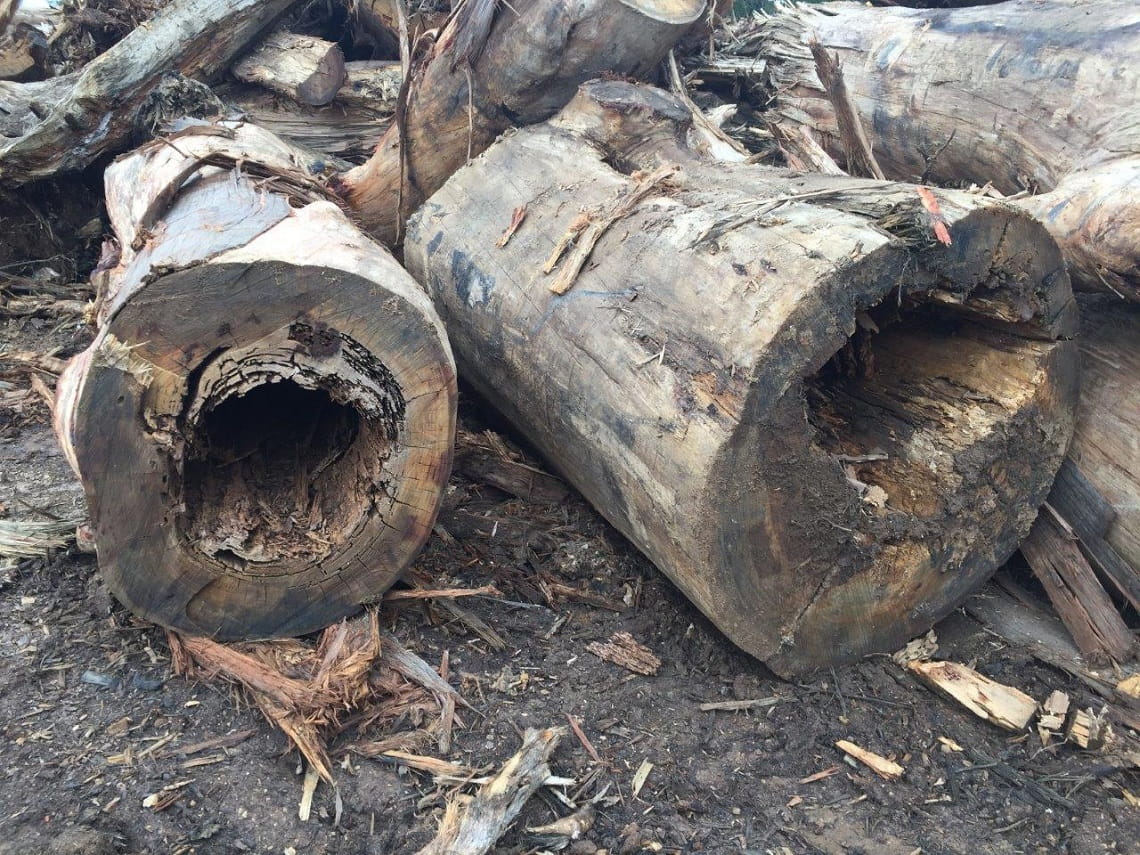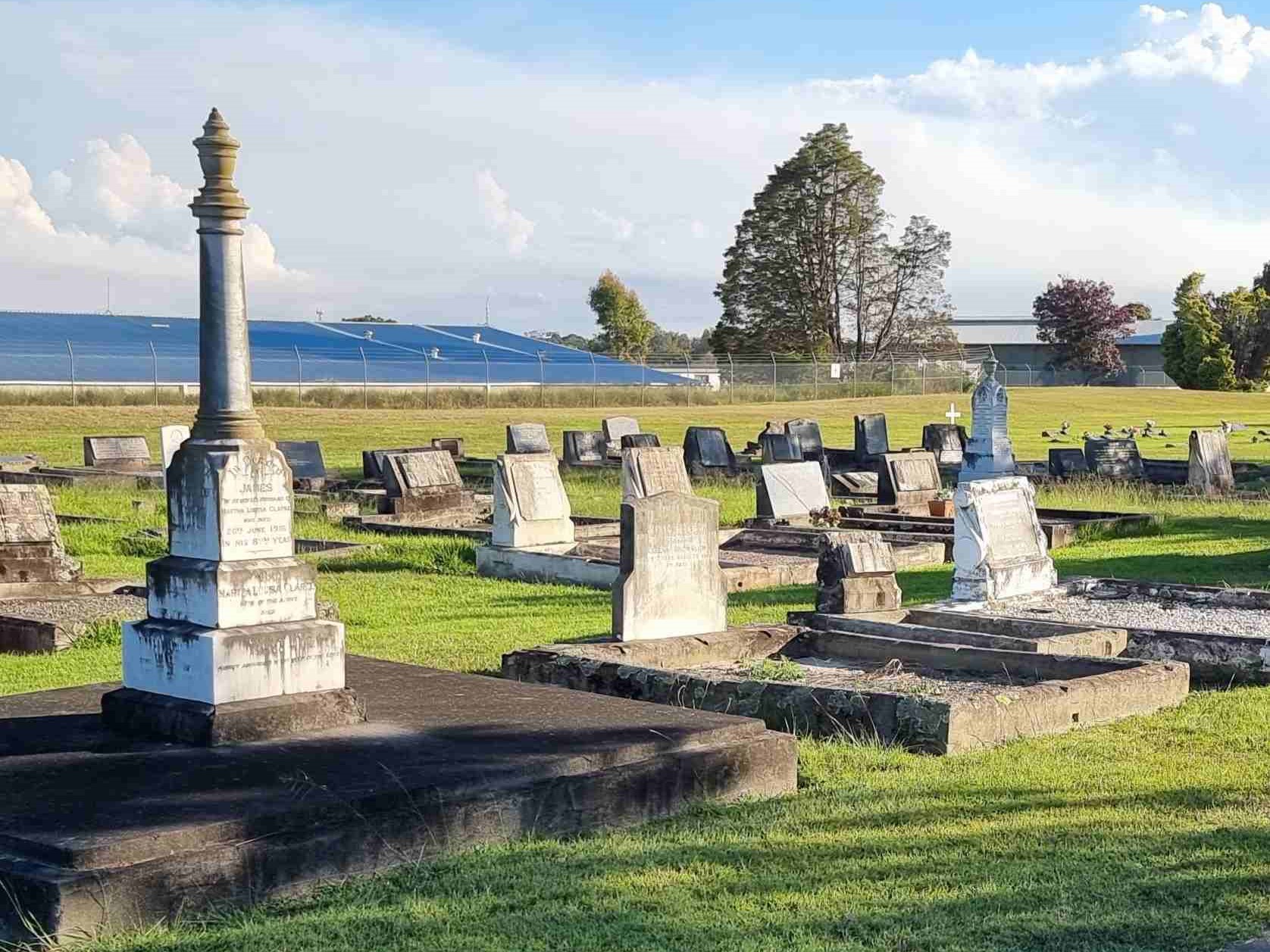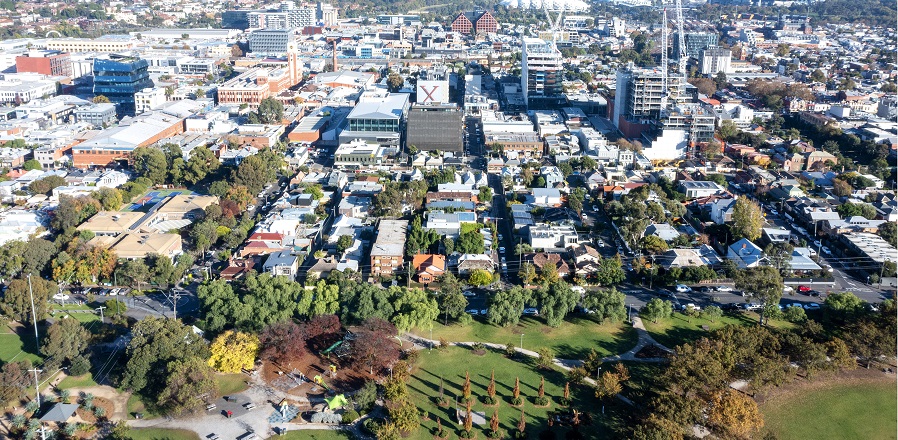Wild weather in 2021 caused widespread damage to parks and reserves across Victoria, bringing down thousands of trees and causing extensive damage to park assets.
Parks Victoria has since undertaken a strategic program of works across the state to repair roads, bridges and fencing, clear fire access tracks and rebuild assets such as amenity blocks, boardwalks, picnic and visitor sites.
Where possible, fallen timber is left where it falls. This is because it can provide valuable habitat for wildlife. There are, however, cases where wood and excess debris on the forest floor creates an elevated fire risk.
When this happens, Parks Victoria explores how vegetation can be repurposed and potentially used elsewhere in storm impacted parks, gardens and reserves.
“Multiple uses can be considered, such as logs to border camping areas and walking tracks,” said Kylie Trott, Executive Director, Operations.
“Alternatively, fallen timber and branches could be repurposed for safety bollards, handrails, tree stakes, fence posts, information shelters or for picnic tables, seating and benches.
“Essentially, it’s about getting as much fallen timber as possible repurposed and reused in storm impacted parks – from logs and branches right down to the tree’s roots – to achieve the best end-use. There is potential to share materials to benefit the community as well.”
Assessments can determine whether materials are salvageable for milling and other wood products like furniture or for environmental purposes such as for fish habitat. Hollow logs or the root bases of fallen trees could be relocated in to streams or lakes.
Felled timber has been used to revegetate areas and create natural habitats for native animals in the wake of bushfires. It is hoped that a number of storm-impacted sites such as within the Dandenong Ranges – one of the hardest hit regions – will benefit from re-purposed timber products.

As felled timber is assessed and repurposed, hollow logs could be relocated into waterways for fish habitat.
Roads and tracks cleared, visitor sites re-open
More than 50 parks and sites were impacted when storm events struck last year.
Among the areas most affected include Macedon Regional Park, the Yarra and Dandenong Ranges, Gippsland, western Victoria and the Mornington Peninsula.
Due to the significant amount of fallen trees and debris that came down during the storms, key fire access tracks and fuel breaks have had to be cleared, to reduce fuel loads and enable safe and rapid response for emergency vehicles.
As well as this important work to reduce bushfire risk, on-going projects have involved removing large fallen and hazardous trees, branches and excess debris to make safe picnic areas, reserves, gardens, roadways and walking trails. Repair works have also involved multiple park assets such as bridges, boardwalks, amenity blocks and visitor sites.
As a reminder, with recovery works underway, large machinery and trucks are in operation. For your safety, please observe signage and do not enter work sites and closed-off areas.
Multiple works are being carried out in conjunction with DELWP, Forest Fire Management Victoria, Bushfire Recovery Victoria, local councils and VicForests.








